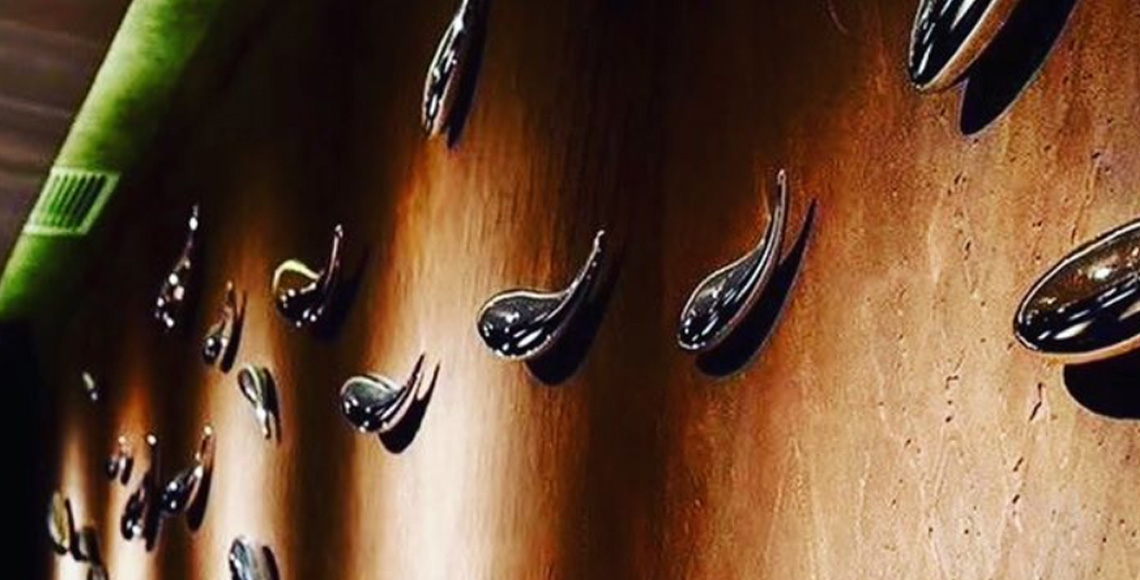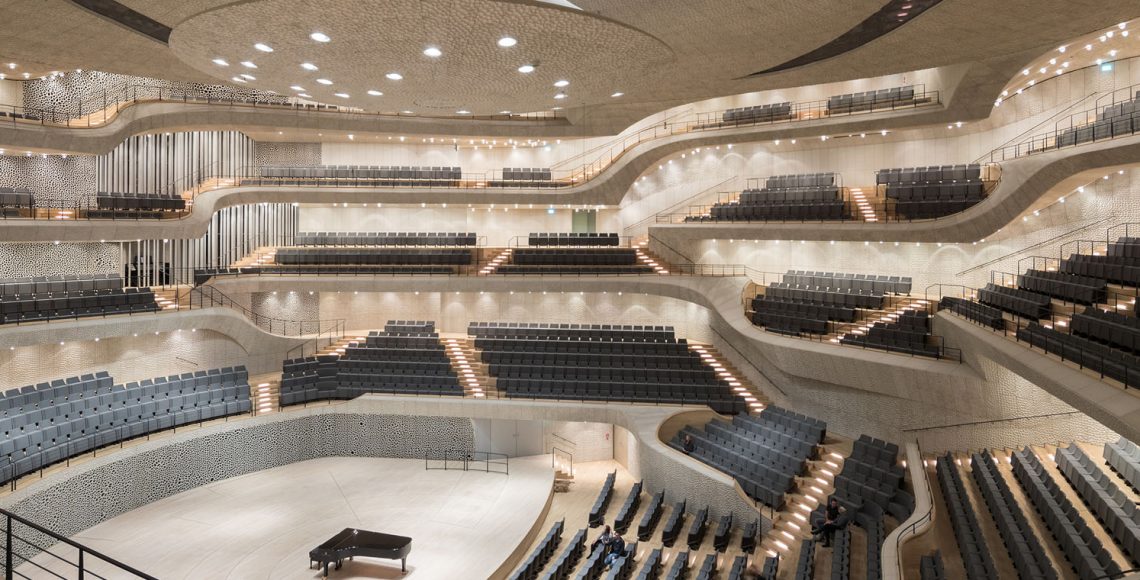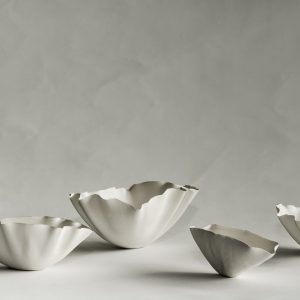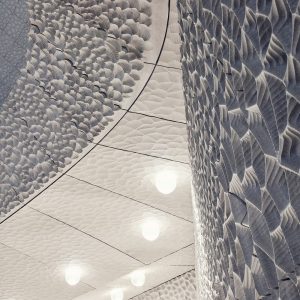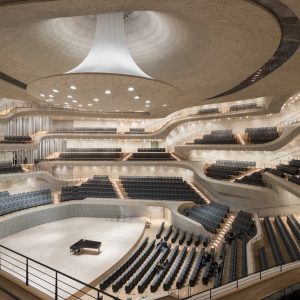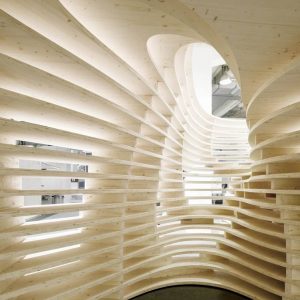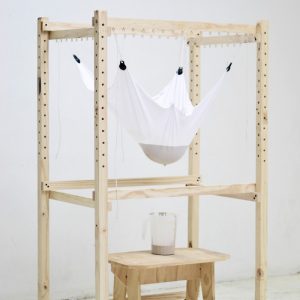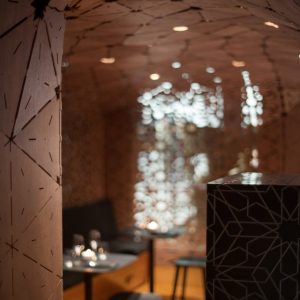Otherwise known as generative design, parametric design is a design process where a set of pre-defined parameters serve as adjustable variables for the generation of complex geometries. Compare that to conventional design processes and the greatest difference would be that the designer has full control of everything in the former until the parameters are locked in. Unlike the conventional design process where the designer is there every step of the way to take the design to completion, all controls are relinquished to the parametric actors in the parametric design process.
The Caternary Pottery Printer by gt2P is a simple and clear illustration of how form-making is influenced by only manipulating parametric controls. On the other end of complexity, parametric design is also employed in developing highly complex forms such as the Elbphilharmonie, a concert hall designed for optimal acoustics.
Although the advent of intelligent computerized systems have been an indispensable catalyst in generating the waves of parametrically-informed projects we see today, parametric design is far from just a passing fad. Rewind one hundred years back to when Antoni Gaudí decided to model the Colònia Güell Chapel after the hanging chain model , a simple analogue set up which nevertheless expressed parametric qualities. If anything, the persistence of its relevance through time and space can only mean parametric design is here to stay.
There are broadly two ways to go about generating forms using the relevant set of parameters – object based geometry population and parameter generated geometry. The Caternary Pottery Printer and Gaudí’s Colònia Güell Chapel are examples of the latter, where its forms are directly generated from specified parameters. Meanwhile, Herzog & de Meuron’s Elbphilharmonie is an example of both form-making methods. The cellular patterns on its wall panels are unique geometries populated in response to acoustic requirements, while the overall cavernous form of the hall is a result of parametric direction. Regardless, generative designs often risk remaining purely as ideas without the means for fabrication and assembly.
The apparent cost of production and limited material knowledge often pose as daunting challenges for generative designers. This is often owed to limited availability of production facilities and relevant purveyors of the field. Brilliant spaces like the Lignum Pavilion by Frei+ Saarinen Architekten and Milse Restaurant by Cheshire Architects are examples of parametric space design that can be achieved with reasonable budget if the right resources are sought and applied. The Design Vault recognizes this and resolves to be that game-changer to help fellow designers materialize their visionary designs. So if absurd fabrication costs and the lack of professional support have posed as stumbling blocks for exploring the wonderful paradigm of parametric design, we warmly invite you to share your challenges with us, and let us work together to take your projects to completion!

